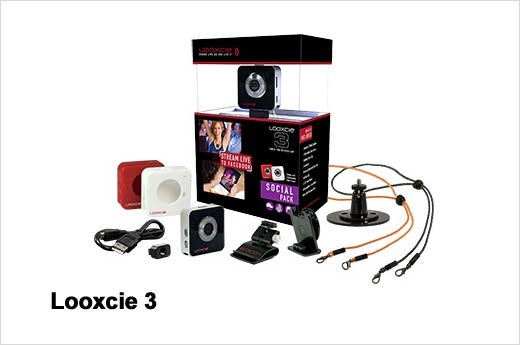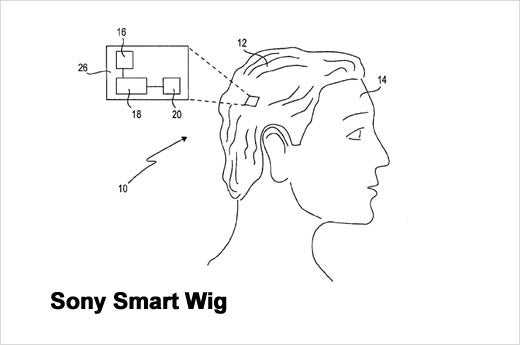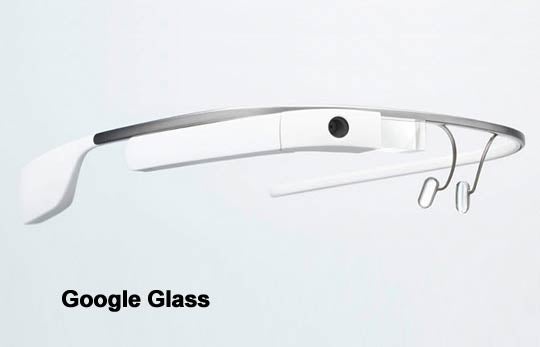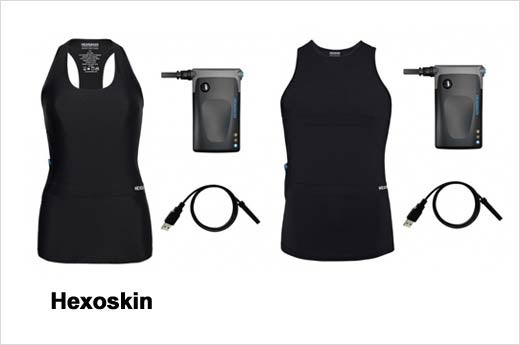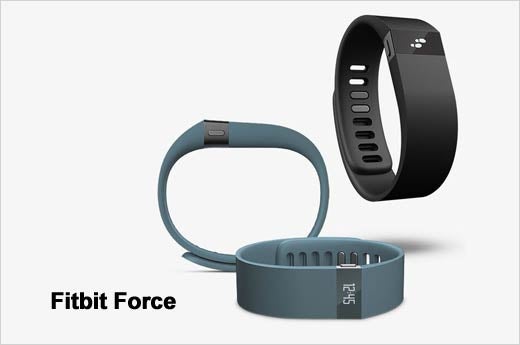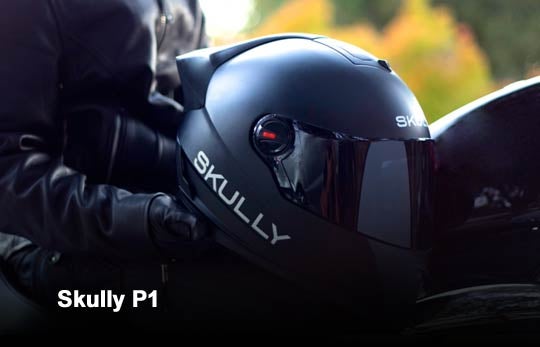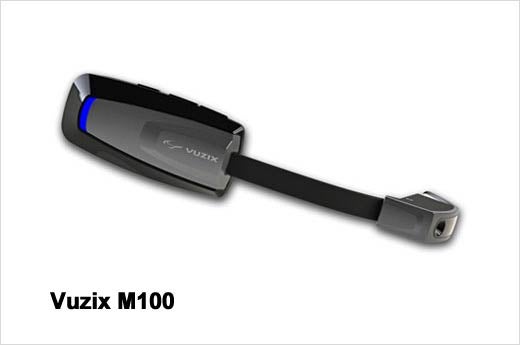Wearable electronics are nothing new. After all, wristwatches and hearing aids are the same as the emerging technology that is generating so many headlines (minus the connectivity, of course).
Providing telecommunications functionality to things we wear is the huge step. The most noteworthy devices so far are networked glasses, and the biggest player is Google, with its Google Glass. But the category is set to explode: Juniper Research predicts that 130 million wearable devices will be deployed by 2018.
But Google Glass is just the tip of the iceberg. Where there is opportunity, a million smart entrepreneurs will follow. Glasses have become almost standard. Wearable bands now track workouts and keep track of patients. Other devices on the horizon include smart wigs and even smart tattoos.
Every nook and cranny of the human body soon will be covered by microprocessors and sensors. Here are some wearable computing devices available now, and some to look for in the future.
Click through for some of the more notable wearable computing devices that are now available, or soon will be.
A hands-free video camera, the third version of Looxcie connects via Wi-Fi to its companion app, which can be downloaded for free from Google Play or iTunes’ App Store, and enables live streaming. The camera has a 100-degree field of view and attachment accessories that enable the Looxcie 3 to hang or be mounted on a shirt, necklace or backpack. Colorful cases, including some that are waterproof, are available.
According to The Engineer and other sites, Sony has filed a patent application for a smart wig. The patent application is reported to indicate that the device will contain sensors, communications functionality and “an actuator for tactile feedback.” The wig could be used as a navigation tool, a potential boon to the sight-impaired. The device will accomplish this by sending out ultrasound signals to detect objects and subsequently alert the wearer via vibrations or small electric shocks. Other functionality, including video cameras and body monitors, also will be housed in the wig.
Sony may be planning its wig, but Google has a trick up its sleeve that is even harder to swallow: According to GMA News, its Motorola Mobility business unit has applied for a patent that links skin tattoos to mobile devices. The abstract at the U.S. Patent and Trademark Office says that the tattoo would be in the “the throat region of a body.” Possible functionality includes a microphone, a transceiver for wireless communications and an energy supply.
Google seems to be releasing small updates to Google Glass on an ongoing basis, despite the fact that the device has not been released to the general public. For instance, in November, the Bristol Post reported that Google Glass introduced an ear bud “instead of the strange bone-induction sound system that came on the first devices and was generally poorly received.” This month, according to Android Community, Google has incorporated Google Play Music.
Carré Technologies’ Hexoskin, according to the company, “is a smart device that connects to a compatible high tech intelligent garment with integrated sensors” that monitor the body. These smart shirts can be used to monitor workouts and in conjunction with remote health care, the military and even space exploration, the company says.
Jawbone’s UP24 wristband is aimed at helping users understand their eating, moving and sleeping habits. Last month, Jawbone announced upgrades to the device. The UP 3.0 app now offers the “Today I Will” feature. According to the company, Today I Will, which is available from the UP 3.0 App Insights Engine, does such things as remind users to drink a suggested number of glasses of water or to go to bed at a certain time. It offers commemoration of both long- and short-term achievements.
Fitbit Force is an activity monitoring wristband that tracks steps taken, distance traveled, calories burned, stairs climbed and other movements during a normal day. The device tracks sleep and offers a silent vibrating alarm. It uses Bluetooth 4.0 to link to a PC, Apple and/or Android device. Charts and graphs illustrate a user’s progress.
The Nissan Motor Company may seem like an unlikely maker of wearable computing devices, but at the Tokyo Motor Show last month, the company displayed the Nissan 3E. The single-eye, monocle-style device shoots video and adds augmented reality information. It was made available to reporters at the show. The idea, according to a video accompanying a press release, is to expand the ways in which people shop for automobiles by providing the additional information and extending the shopper’s experience to people in remote locations.
Skully Helmets’ Skully P1 is a motorcycle helmet with a camera on the back to provide riders with a 180-degree view. The ability to see what is behind them can reduce accidents. The helmets feature the Heads-Up Display (HUD), which the company says provides “an advanced situational awareness system” showing navigation and illuminating blind spots. The helmets offer GPS mapping and Bluetooth smartphone integration.
Android-based Vuzix M100 smart glasses are monocular augmented reality devices featuring a display, video recording capabilities and wireless connectivity. Pre-installed apps can record and playback high-definition images and video. The device features Bluetooth 4.0, which enables pairing with other Bluetooth devices. Situational awareness is created by a combination of GPS and integrated head-tracking capabilities.



